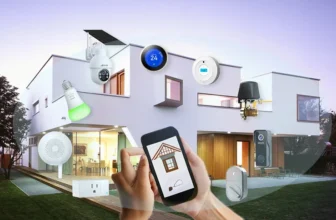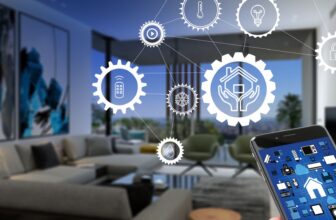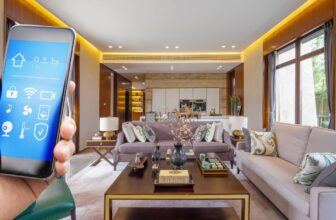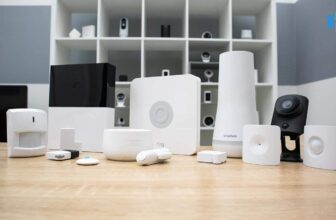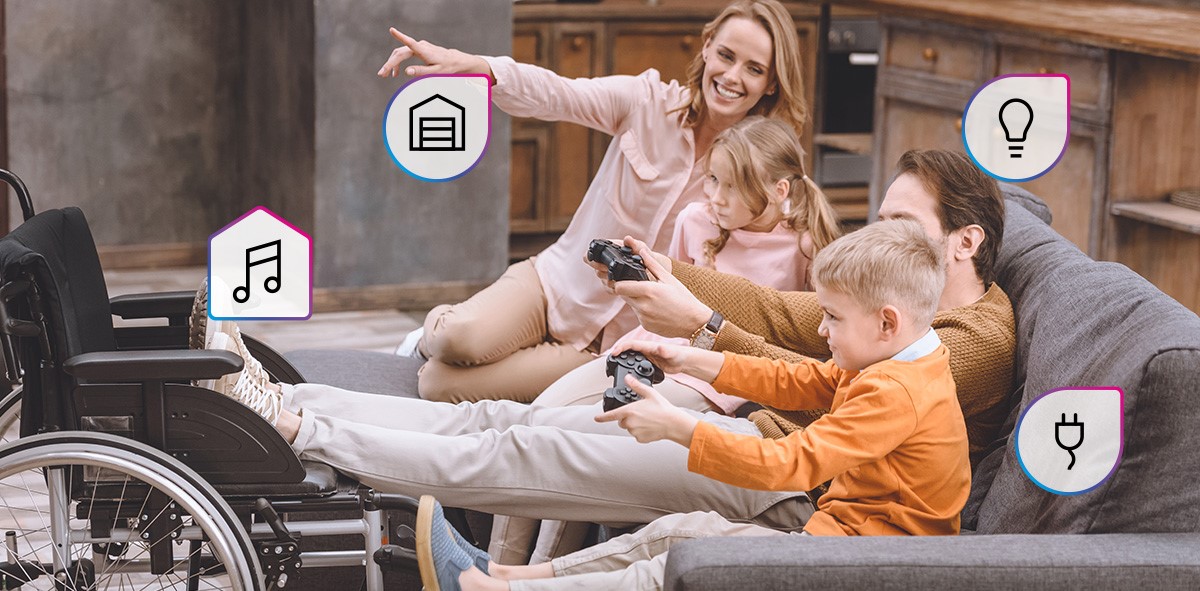
Smart home devices can greatly improve the quality of life for elderly individuals and people with disabilities by enhancing safety, comfort, and independence. This blog will cover the most impactful smart technologies tailored to these specific needs.
Voice-activated assistants like Amazon Alexa and Google Assistant allow users to control their home with simple voice commands, minimizing the need for physical interaction. Tasks such as turning on lights, adjusting the thermostat, or calling a loved one become effortless.
Smart lighting with motion sensors ensures that rooms are lit when someone enters, reducing the risk of falls. Lights can also be scheduled or controlled via smartphone or voice, ideal for those with mobility issues.
Smart doorbells and security cameras offer visual and audio communication with visitors, letting users see who’s at the door and talk to them without getting up. Devices like Ring and Google Nest provide alerts directly to a phone or tablet.
Medical alert systems and smart wearables such as fall detectors or heart rate monitors can notify caregivers or emergency services if something goes wrong. Brands like Apple Watch and Life Alert offer peace of mind for both users and families.
Smart thermostats, automated blinds, and smart plugs simplify daily routines by allowing users to control the environment with minimal effort.
Video calling devices like Facebook Portal or Amazon Echo Show enable easier communication with family and friends through large displays and voice activation.
This blog will explain how to set up and customize these devices for accessibility, and provide recommendations for the best products suited for elderly or disabled individuals.



